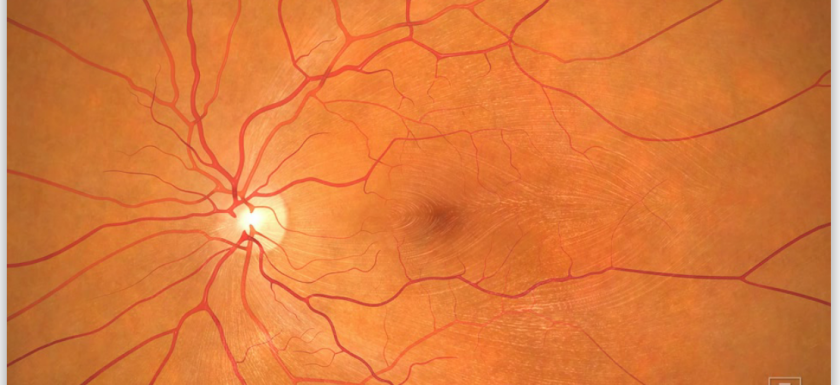
Stages of Macular Degeneration
There are three stages of Macular Degeneration: 1. Early AMD – Most people do not experience vision loss in the early stage of AMD. Early AMD is diagnosed by the presence of medium-sized DRUSEN. 2. Intermediate AMD – At this stage, there may be some vision loss, but there still may not be noticeable symptoms. A complete eye exam with specific tests will look for larger drusen and/or pigment changesRead More →


